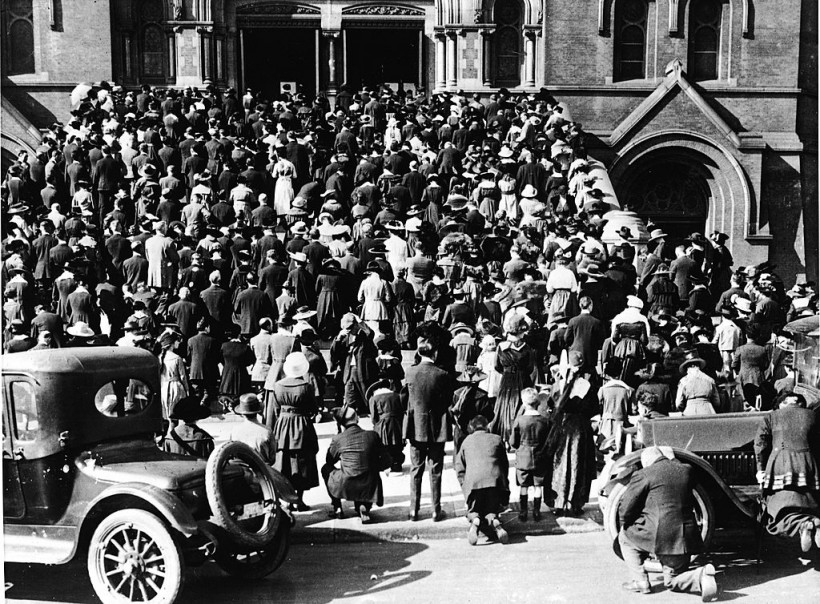Side-by-side figures show that the number of deaths from COVID-19 in the United States will surpass the number of deaths from the Spanish Flu within the next day or two. However, medical professionals and statisticians believe that a straight comparison between the raw numbers doesn't tell the entire story.
What is apparent is that, given today's methods for combating such diseases, the sheer numbers constitute a significant burden. According to data from Johns Hopkins University, COVID-related fatalities in the United States reached 673,763 as of Sunday night.
That's roughly 1,200 fewer individuals than succumbed in the 1918 Spanish Flu, which killed at least 675,000 Americans. That flu epidemic had been the worst since the United States was founded. COVID might overtake the previous epidemic by Monday, with an average mortality rate of 1,800 per day.
COVID-19 Vs. Spanish Flu: How These Two Differ
The two scenarios differ in several ways. Reports said the population of the United States was slightly over 100 million in 1918, compared to 330 million now. As a result, our mortality rate is one in 500 Americans, compared to one in 150 in 1918.
According to Fortune, the number of people who have died globally is 4.7 million, which is considerably less than the 50 million who perished worldwide from the Spanish flu in 1918 and 1919. COVID, on the other hand, is not close to leaving, unlike the two-year period when the Spanish flu devastated humanity's ranks.
Virginia Tech historian E. Thomas Ewing said that perhaps the most disappointing similarity to the historical record is that mortality spiked around the end of 2020. That was nine months after the epidemic hit the United States, with the highest daily death tolls in early January 2021.

The congregation praying on the steps of the Cathedral of Saint Mary of the Assumption, where they gathered to hear mass and pray during the influenza epidemic, San Francisco, California.
ALSO READ: COVID-19 Testing: Research Reveals the Role of Social Factors in Participation Rates
"We ignored the lessons of 1918, and then we disregarded warnings issued in the first months of this pandemic. We will never know how many lives could have been saved if we had taken this threat more seriously," Ewing told The Washington Post.
History of Spanish Flu
Despite its name, Sky News said health officials first identified the Spanish flu virus in Kansas in March 1918. In a population one-third the size of today's, the disease killed an estimated 675,000 Americans.
On May 21, 1918, reports of persons afflicted with the virus first surfaced in Spain.
50 million people perished globally when the world's population was 25% lower than it is now.
Death tolls are estimated because of inadequate records and a lack of scientific knowledge of the sickness. The 675,000 number comes from the US Centers for Disease Control and Prevention.
The virus initially showed in World War I and then again near the end of World War II. The final wave hit portions of New York, Switzerland, Scandinavia, and certain South American islands in the spring of 1920.
RELATED ARTICLE: COVID-19 Vaccine and Disruption in Menstrual Cycle: Possible Link Currently Being Investigated
Check out more news and information on COVID-19 in Science Times.














